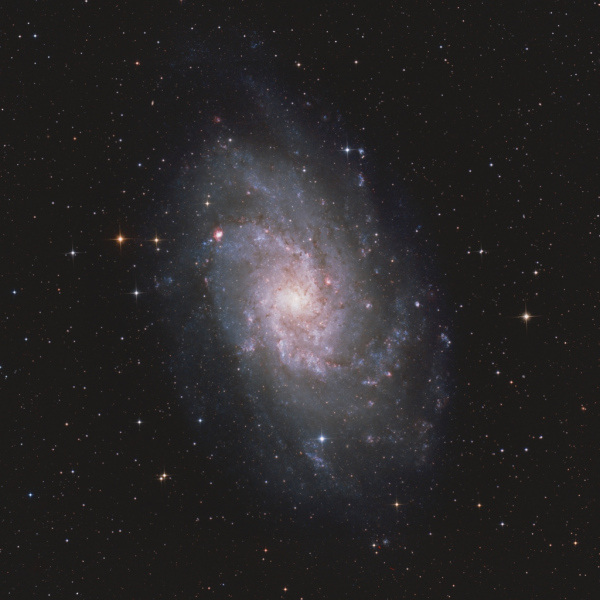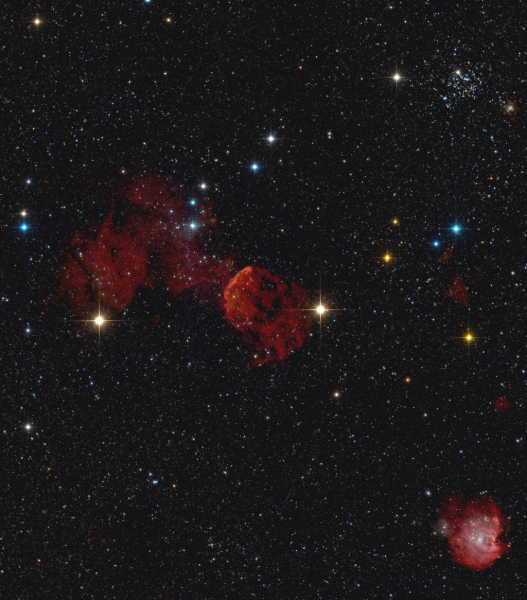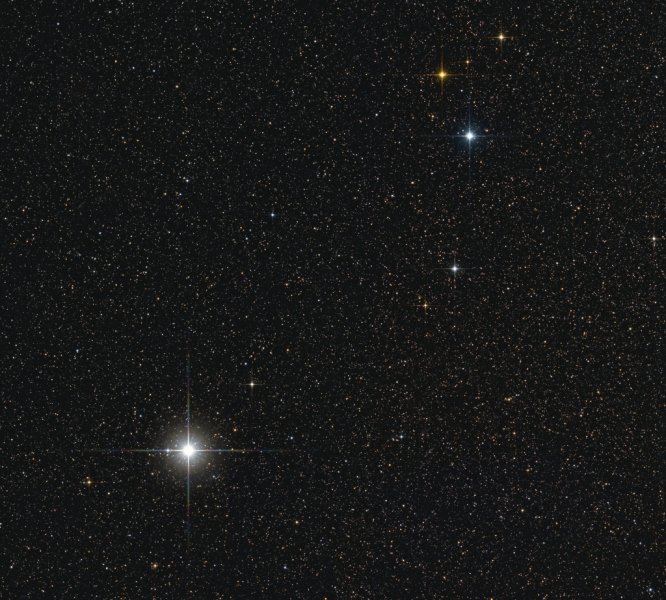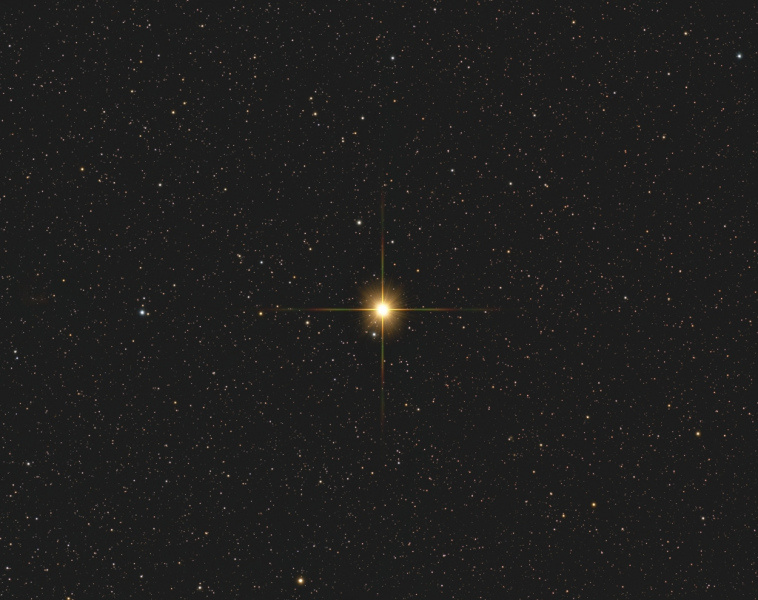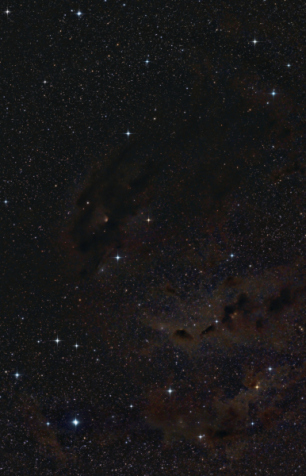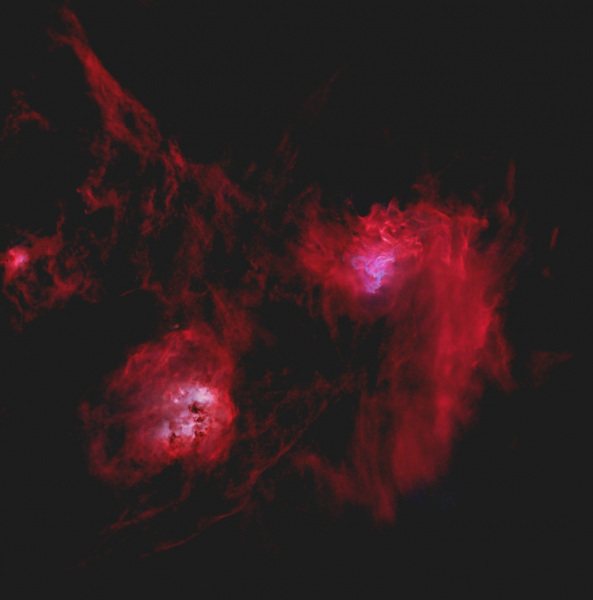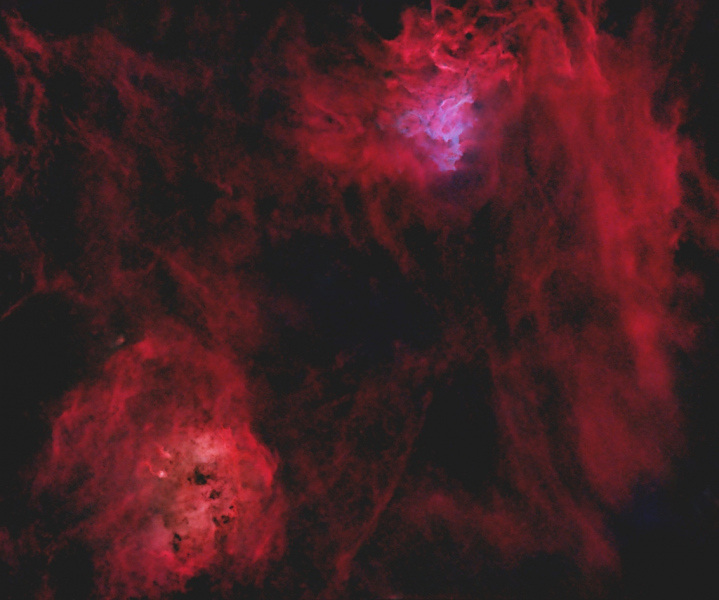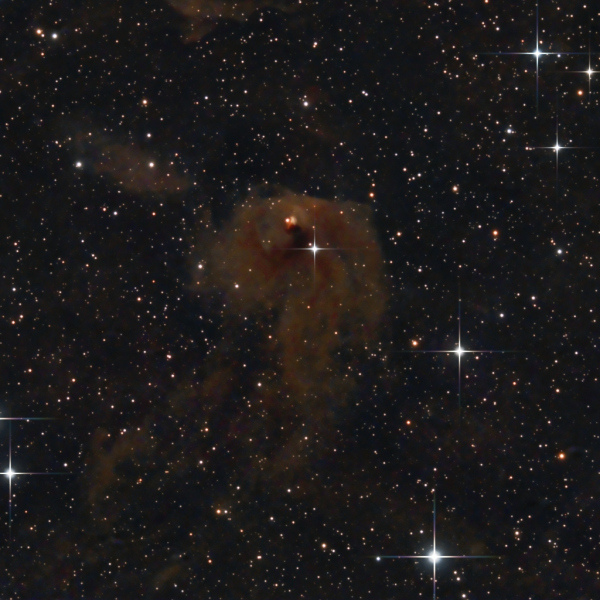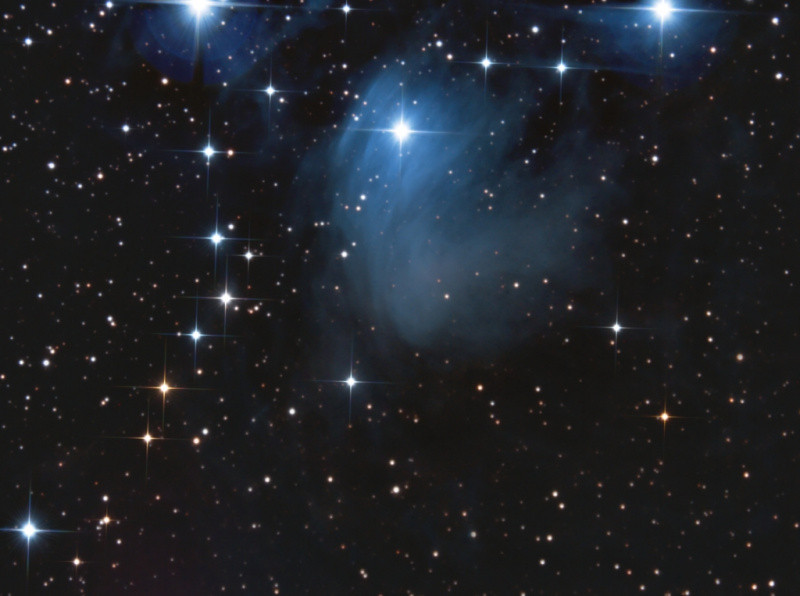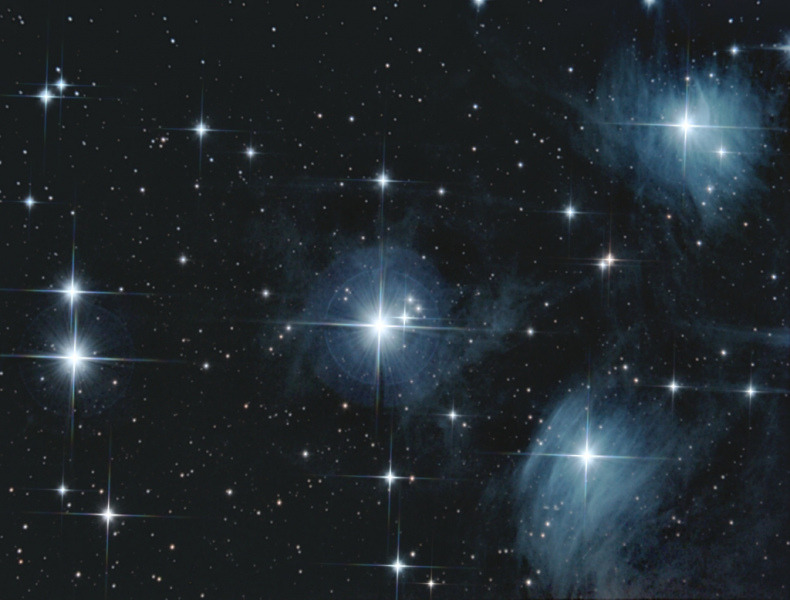Absolutely all the data I have on the Triangulum Galaxy.
Pages
Categories
- Hyperstar III and Trius SX-814C
- Uncategorized
- Macrophotography
- Carbon Stars
- Picture of the Week
- Talks and Presentations
- Photographic courses
- Hyperstar III and SXVF-M26C
- Canon 200mm prime lens
- Astronomy Image of the Day
- Exhibitions
- CCD Images
- Published Work
- Site News
- Writing
- News
- Creating mosaics
- Star Vistas
- House and home
Visitors
Admin
Tags

